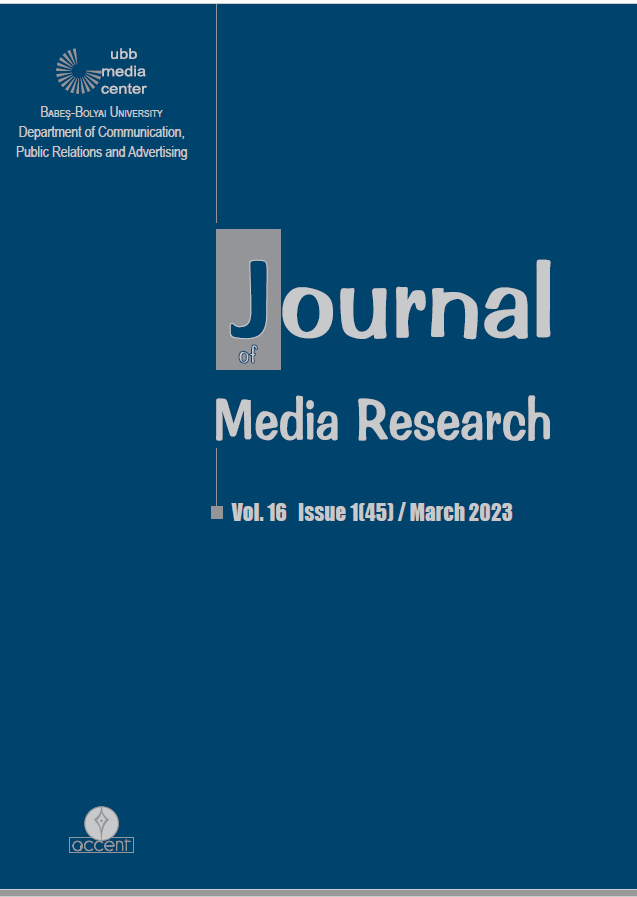Examining Partisan Reporting of Critical Race Theory Using Meta’s CrowdTangle
Examining Partisan Reporting of Critical Race Theory Using Meta’s CrowdTangle
Author(s): Chrysalis L. Wright, Beatriz Coelho, Caitlyn Koerner, Cristina Ferrer, Caitlin Rechdan, Donna LarsonSubject(s): Social Sciences, Media studies, Communication studies, Evaluation research, ICT Information and Communications Technologies
Published by: Accent Publisher
Keywords: Partisan reporting; CrowdTangle; Critical Race Theory (CRT);
Summary/Abstract: Mainstream news media outlets can influence the opinions and attitudes of their audience based on how they frame information. This framing can also lead to polarization. Presently there exists partisan controversies and state-level legislation in the United States regarding Critical Race Theory (CRT). We examined partisan reporting related to CRT using Meta’s metrics platform, CrowdTangle and tracked Facebook posts by news media outlets from January 30, 2020, to January 30, 2022. We were interested in how mainstream news media reported on CRT and wanted to examine significant differences in consumers interactions with posts and page following from right-leaning, left-leaning, and neutral news media outlets. We also examined the overperformance of posts. We identified social media accounts that played a vital role in sharing content related to CRT and determined the potential impact of posts. We found that right-leaning news media were more likely to post about CRT, compared to left-leaning and neutral news media outlets, with reporting beginning in June 2020. Neutral and left-leaning news media outlets began reporting on CRT months later. Our results demonstrated that right-leaning news media outlets had more followers and more post interactions. We also found variations in user interactions based on the partisan nature of the news media. Additionally, neutral news media had higher overperformance scores compared to other outlets. Our findings will be beneficial to those involved in policy making regarding social media, media distrust, and race relations within the United States. Mainstream news media outlets can influence the opinions and attitudes of their audience based on how they frame information. This framing can also lead to polarization. Presently there exists partisan controversies and state-level legislation in the United States regarding Critical Race Theory (CRT). We examined partisan reporting related to CRT using Meta’s metrics platform, CrowdTangle and tracked Facebook posts by news media outlets from January 30, 2020, to January 30, 2022. We were interested in how mainstream news media reported on CRT and wanted to examine significant differences in consumers interactions with posts and page following from right-leaning, left-leaning, and neutral news media outlets. We also examined the overperformance of posts. We identified social media accounts that played a vital role in sharing content related to CRT and determined the potential impact of posts. We found that right-leaning news media were more likely to post about CRT, compared to left-leaning and neutral news media outlets, with reporting beginning in June 2020. Neutral and left-leaning news media outlets began reporting on CRT months later. Our results demonstrated that right-leaning news media outlets had more followers and more post interactions. We also found variations in user interactions based on the partisan nature of the news media. Additionally, neutral news media had higher overperformance scores compared to other outlets. Our findings will be beneficial to those involved in policy making regarding social media, media distrust, and race relations within the United States.
Journal: Journal of Media Research - Revista de Studii Media
- Issue Year: 16/2023
- Issue No: 45
- Page Range: 5-32
- Page Count: 28
- Language: English
- Content File-PDF

